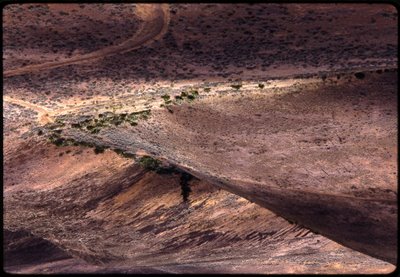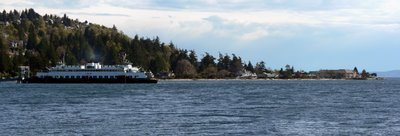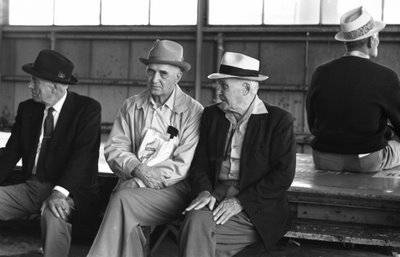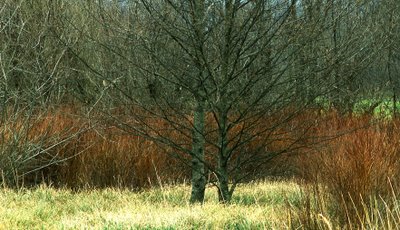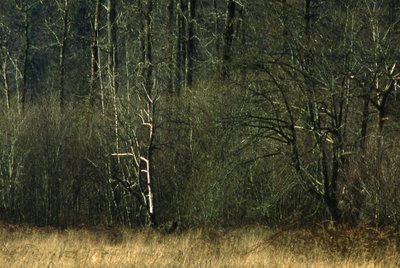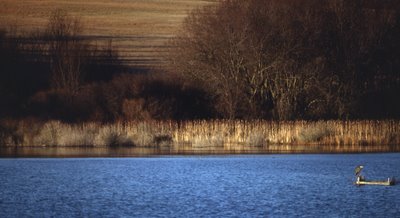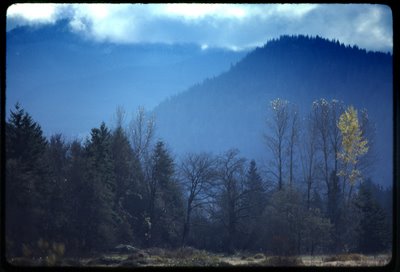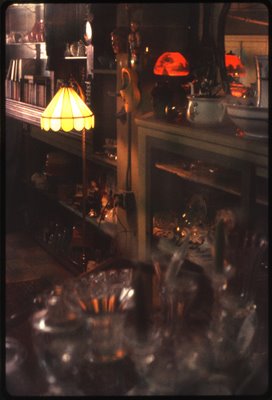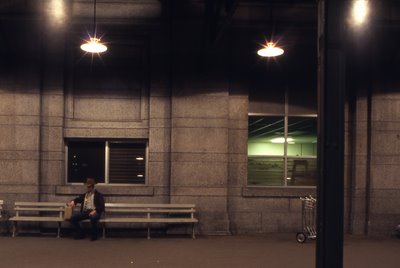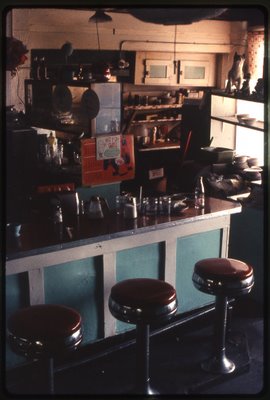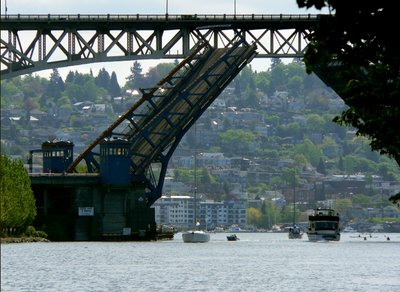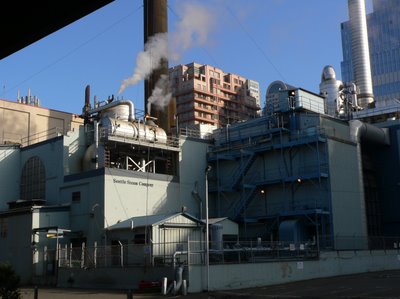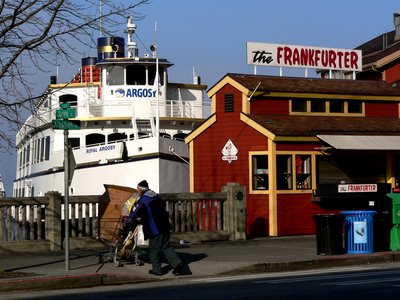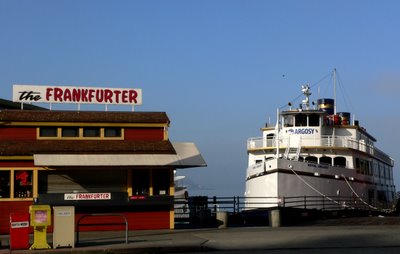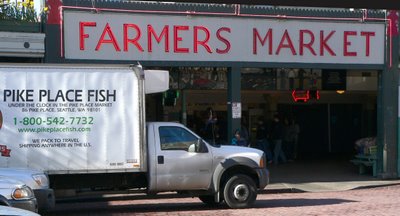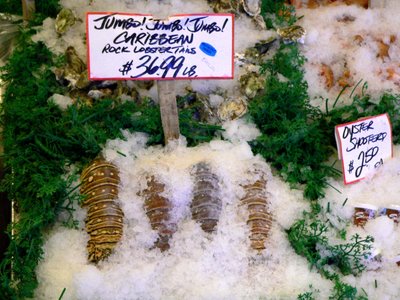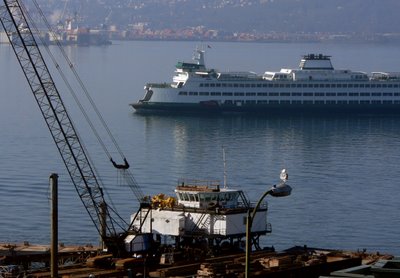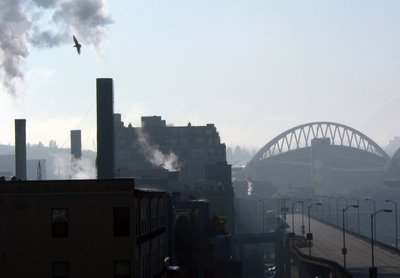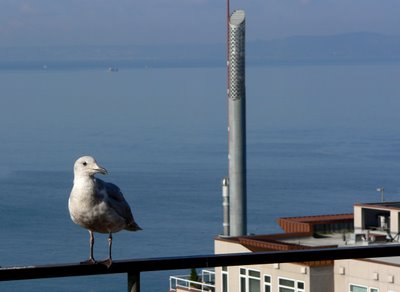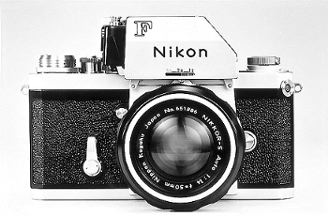
First off let me admit I am not very excited about this photograph but there was a time when I liked doing this sort of thing. When I was a kid my dad used to drive the family out to ghost towns on sunday afternoons. One of my favorites was Wilkinson northwest of Mt. Rainier. This town still exists because the road to the carbon river entrance to Mt Rainier goes down main-street. In the early '60s the ruins of the mine and coke ovens were in reasonably good condition. The town had a fine example of an Russian Orthodox Church, the first one I ever laid eyes on.
This photo was taken during my Andrew Wyeth period in the early 70's when I was taking a lot of heat from my artist friends for doing shots like this one. I was tolerant of my intolerant friends. My grandfather Elmer Fox had run into Charles Russell numerous occasions when Elmer was working cattle operations south of Judith Gap Montana. My father picked up a very nice print of a Charles Russell (embossed on canvas) when he was back for the Hedgesville Reunion in '87. I have the print in my office hanging across the room from Nighthawks by Edward Hopper.
I grew up with abstract expressionism, Pollock, Klein, Rothko, Newman, ... and you can see some of that in my landscapes but I also was a big fan of Hopper and Wyeth and the whole notion of trite subject matter was in my thinking silly. So we joked about it. I can remember on a cold clear sunny winter morning in '72 Steve Graham showing up at the Center for work after driving down the Alaskan Way Viaduct with a wonder full view across the sound of the morning sun on the snow covered Olympics. While we were sitting over coffee he described the view as breathtaking and the turned to David Hastings and said "bad art".
This shot was taken early in the morning on an April day of 1971 somewhere west of Ellensburg on the same road that takes you to Vantage and George (see Desert Photos) but 50 miles before you get into the most arid portions of the state . I was testing a Canon-P rangefinder, sort of a poor man's Leica, which I had picked up used. It was a nice old camera but I wasn't sold on rangefinders, had always used SLRs so I ended up dumping the camera after about two rolls of film. I posted it full frame to show how I had composed it with a rangefinder.
